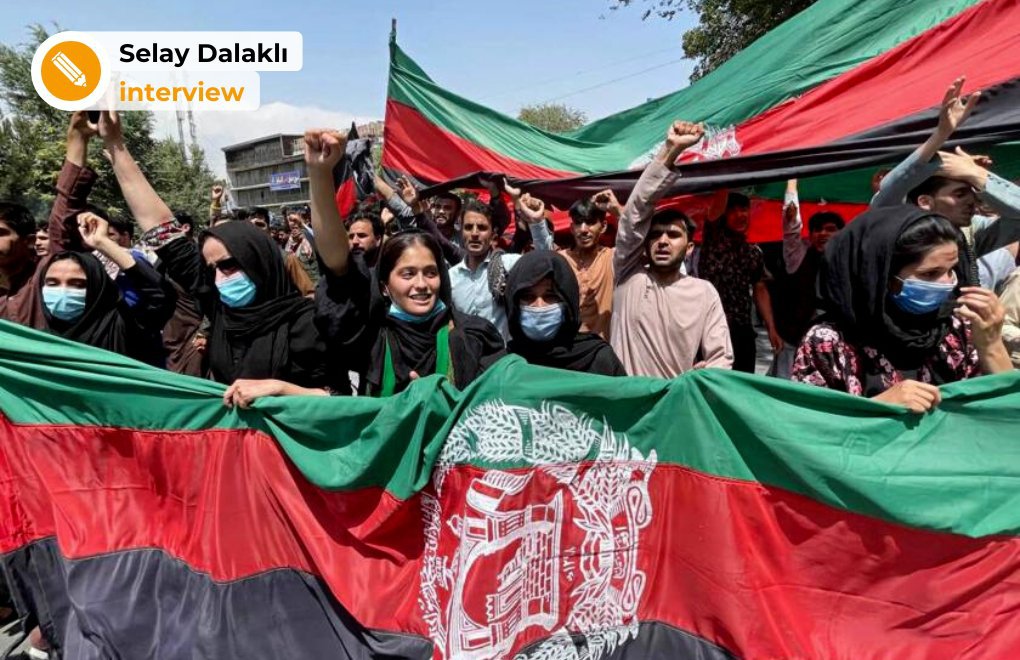Photo: MA, Rudaw, AA
Click to read the article in Turkish
"Now, the main objective is to hand Afrin over to its true owners. What is our goal? Do we have 3.5 million Syrian refugees living on our lands? Yes, we do. Our target is to repatriate these Syrian brothers and sisters as soon as possible."
It was the 21st of January, 2018 when President and the Justice and Development Party (AKP) leader Recep Tayyip Erdoğan said these sentences. Just one day before, the Turkish Armed Forces (TAF) and the Syrian National Army (SNA) carried out the "Operation Olive Branch" against Afrin, and Afrin was "completely under control" on March 24, 2018.
Four years from now and after an "Operation Peace Spring", now there is Tell Rifaat and Manbij in northeastern Syria on Erdoğan's agenda.
CLICK - Erdoğan names two towns in Syria for new military offensive, US reiterates opposition
It might be useful to take a closer look at how the demographic structure of the region changed (was changed) over the years when the briquette houses built in Idlib for Syrian refugees in Turkey started to be delivered, and "those who were brought and settled in Afrin from other regions" protested the high electricity prices in Afrin that is controlled by Turkey-backed SNA.
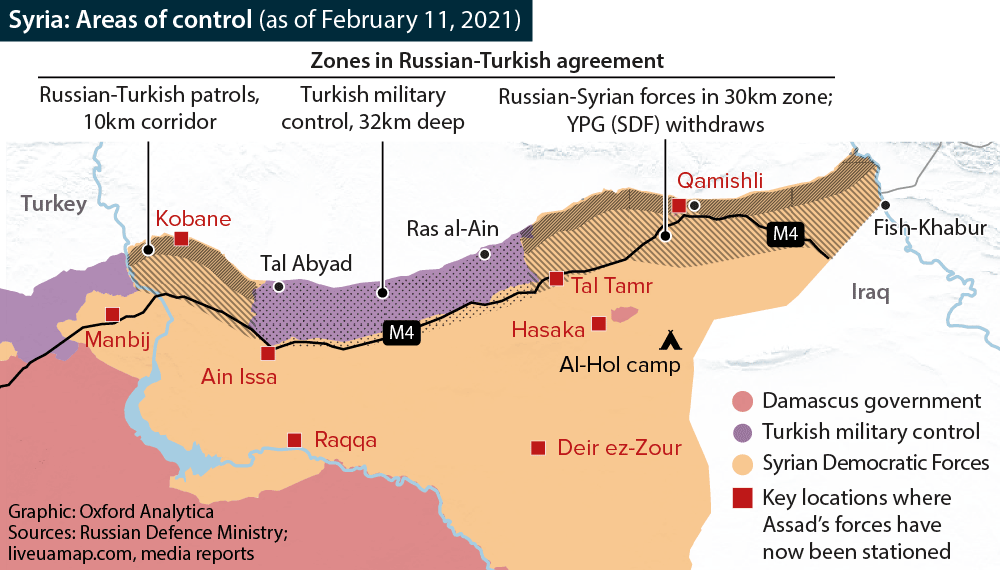
Graphic: Syria Northeast areas of control, Oxford Analytica Daily Brief, 17 December 2020
Afrin: The Mountain of the Kurds
Turkey is accused of changing the demographic structure in Afrin, which is currently under the control of the Turkey-backed SNA.
According to the data shared by BBC Turkish referring to French researcher Fabrice Balanche, as of October 2019, 650 thousand Kurds, 180 thousand Arabs, 10 thousand Turkmen, and 10 thousand Christians were living in the region where Turkey wanted to create a 32-kilometer deep "safe zone" between the Tigris and Euphrates along the borderline.
Also known as the "mountain of the Kurds" in history, the population of Afrin was estimated to consist of 80-90 percent Kurds in the past.
Three years after the SNA took control of Afrin, the Russian Ambassador of Iraq Elbrus Kutrashev speaking to Rûdaw said, "There is a process of demographic change" in an interview dates back to January 26, 2021.
Referring to reports from Kurds and others in Afrin, Kutrashev said, "It is done against [the] Kurdish presence there. This is what I call a disaster [against] the local population."
According to Kutrashev, "Kurds have been forced to leave the city and their houses have been given to armed groups."
Displaced Kurds
Afrin-based Human Rights Organization published a report on the issue in April 2020. "The Kurdish population decreased by more than 60 percent in the first 2 years of the occupation" the report stated.
"According to the latest statistics, the size of the local Kurdish population in the Afrin region was 34.8 percent as of January. "
According to the Human Rights Organization, Kurds previously made up 97 percent of Afrin's population.
According to United Nations (UN) data for the same period, more than 150,000 Kurds living in Afrin were displaced and settled in the Shahba camp in Tell Rifaat, north of Aleppo.
The foreign minister of the Autonomous Administration of North and East Syria(AANES) of the period, Abdel Karim Omar, said:
"Erdoğan wants to change the ethnic makeup of the territory his army controls."
"Before Turkey invaded in 2018, 85 percent of Afrin's population was Kurdish. Now it's 20 percent."
What does the current data say?
"The Kurdish population in Afrin decreased by 25 percent since SNA took control of Afrin," according to Mezopotamya News Agency (MA) article dates March 17, 2022.
According to a report by AANES Kurdistan Region Representative, so far some 300,000 Kurds had migrated out of Afrin.
The report included the following:
"Afrin has lost some 25 percent of its Kurdish population while 400,000 Arabs have been settled there, shifting the demographics significantly."
"Public services have changed to Arabic and Turkish, while schools now teach in Turkish. The Kurds of Afrin are being turned into Ottoman subjects".
"At least 8,000 civilians have been abducted over the years, while most were returned after their families paid a ransom."
"650 civilians, including 20 children and 75 women, have been killed since 2018. At least 12,000 olive trees were burned down, while another 350,000 olive trees were uprooted and removed from the region."
"Countries like Qatar and Germany are supporting the Turkish state in changing Afrin's demographics."
Rojava Information Center shared the following data on the subject:
"As a result of Turkey's occupation of Afrin, 300,000 people have been displaced. Since the occupation, Turkey has also transferred thousands of jihadist fighters and their families – particularly members of infamous faction Jaysh al-Islam (The Army of Islam) – into Afrin from rebel-held areas elsewhere in Syria"
What does rights organizations say?
Nearly three months after the beginning of Turkey's "operation" in Afrin, Human Rights Watch (HRW) prepared a report on April 8, 2018, warning that "armed groups working with Turkish forces are looting and destroying civilian property in the city of Afrin."
"Turkish forces and non-state armed groups in control of Afrin should halt the looting and hold those responsible for the damage accountable."
"While the humanitarian conditions for all civilians who have fled fighting in Afrin are acute, those denied access to government-held areas and suffering looting of their property are particularly vulnerable," said Lama Fakih, deputy Middle East director at Human Rights Watch.
"Turkish forces and anti-government armed groups should end the rampant looting and destruction of civilian property that is taking place in Afrin, and government soldiers need to stop blocking those trying to flee."
"Demographic engineering laboratory"
According to March 2021 report of the UN Syria Research Commission, which was also cited in the July 2021 article by Dan Wilkofsky, Amberin Zaman, and Mohammed Hardan in the Al-Monitor, "After the capture of Afrin, declared in 2018 ... a security vacuum emerged, creating a permissive environment for fighters to engage in abduction, hostage-taking, and extortion."
"Similar patterns, 'albeit to a lesser extent,' were observed in and around the towns of Ras al-Ain and Tell Abyad following Operation Peace Spring, "mostly affecting returnees of Kurdish origin, including women."
"While detained, Kurdish (and on occasion, Yazidi) women were also raped and subjected to other forms of sexual violence, including degrading and humiliating acts, threats of rape, performance of 'virginity tests,' or the dissemination of photographs or video material showing the female detainee being abused."
According to Meghan Bodette, the founder of the Missing Afrin Women Project,
"Out of a total of 228 women reported to have been abducted at the time of the publication of the article, 135 women were still missing."
Wilkofsky, Zaman, and Hardan defined Afrin as "a laboratory for Turkey's experiments":
"With the bulk of its Kurdish population forcibly displaced and reduced to minority status, Afrin stands as a grim testament to the Turkish-backed Syrian opposition's shift from revolutionary zeal to unfettered greed and criminality — a laboratory for Turkey's experiments in demographic engineering and cultural imperialism, underpinned by a determination to prevent Syria's Kurds from establishing self-rule."
Erdoğan's "East of the Euphrates" plan and the briquette houses Journalist and writer Fehim Taştekin, in his article for BBC Turkish, "Asylum seekers in Turkey: Are the political situation and general security in Syria suitable for population transfer?" briefly evaluated that Turkey's plan of "sending back" the Syrian refugees to east of the Euphrates is similar with the "situation in Afrin": "In 2019, Erdoğan presented his plan to the UN General Assembly about the returning of 2 million refugees to the cities to be built at the east of Euphrates. According to the plan, 10 districts and 140 villages were to be built for the settlement of 1 million refugees in the first place. Later 1 million refugees again would be placed in the region from the bottom of the M-4 road to Deir Ez-Zor." "Erdoğan was demanding financial, political, and military support from international community for his plan. However, his counterparts did not find the plan realistic. The conditions regarding the plan have not changed so far ." "Since then, tent cities have been established in İdlib to prevent refugees from crossing into Turkey, and later the construction of briquette houses has started." "About 77 thousand briquette houses that Erdoğan mentioned are being built now in the countryside of İdlib, close to Turkey's borders." "According to the information shared by Erdoğan, 57,306 of the houses have been completed so far. 50 thousand families have been settled there. 100 thousand briquette houses will be built." "The actors in the Autonomous Administration of North and East Syria and "The Democratic Union Party (PYD)", in particular, think that Turkey's plan is aimed at changing the demographic structure in the region against the Kurds. They think that it will result in disruption of the ethnic, religious, and sectarian identity of the region." "The situation in Afrin supports this claim." |
CLICK - New Syria offensive: 'Erdoğan is trying to regain the prestige he has lost'
CLICK - 'Erdoğan doesn't want to miss opportunity for a new Syria offensive,' says former FM
(SD/TB)




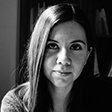
.jpg)

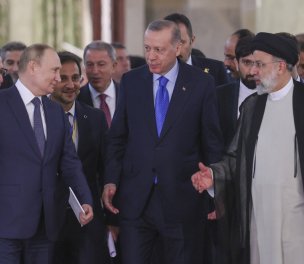

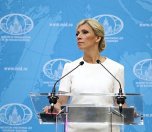
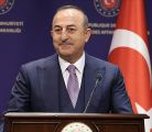
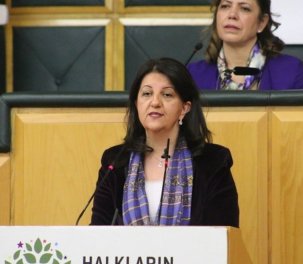
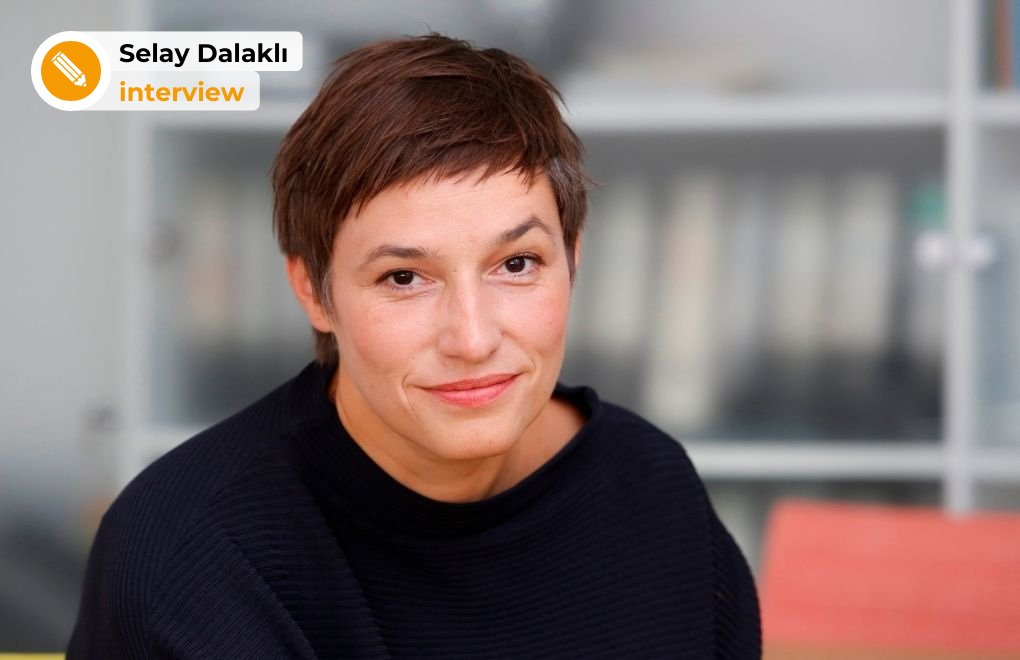
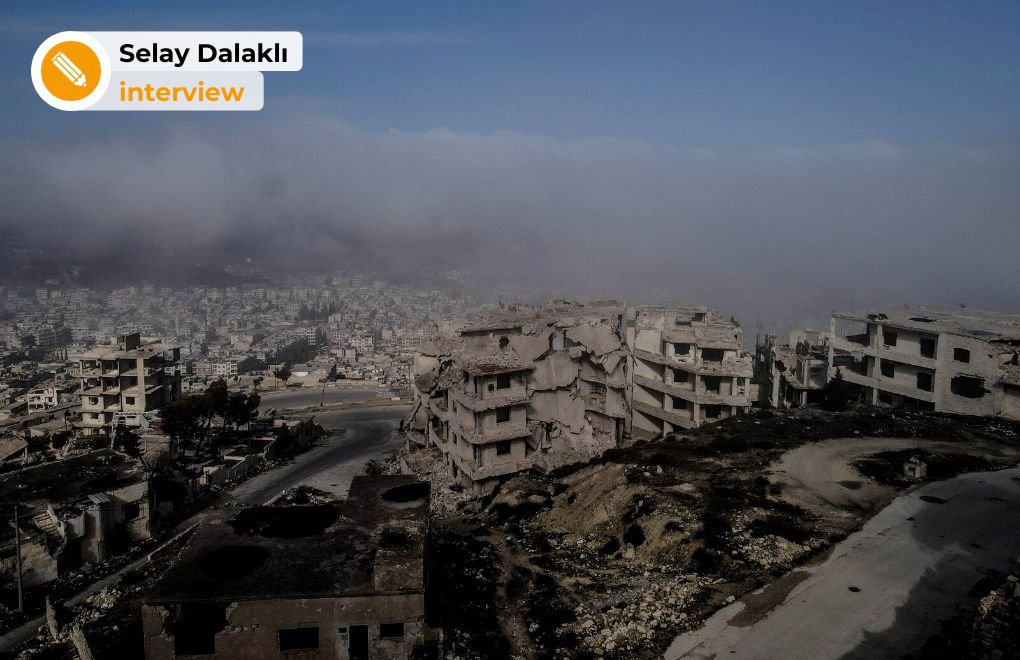
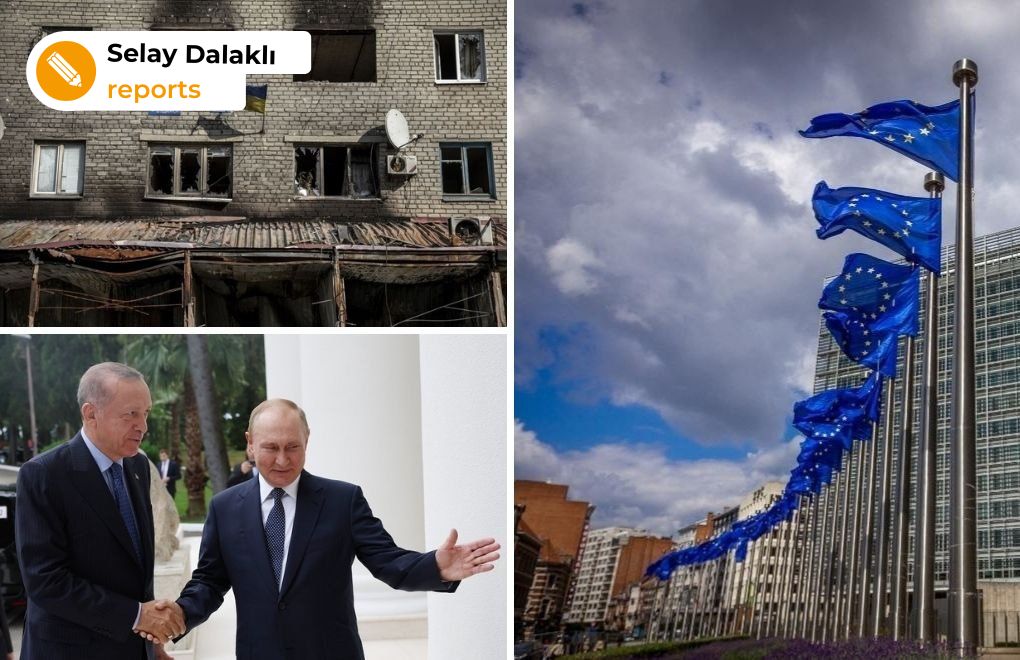
.jpg)
